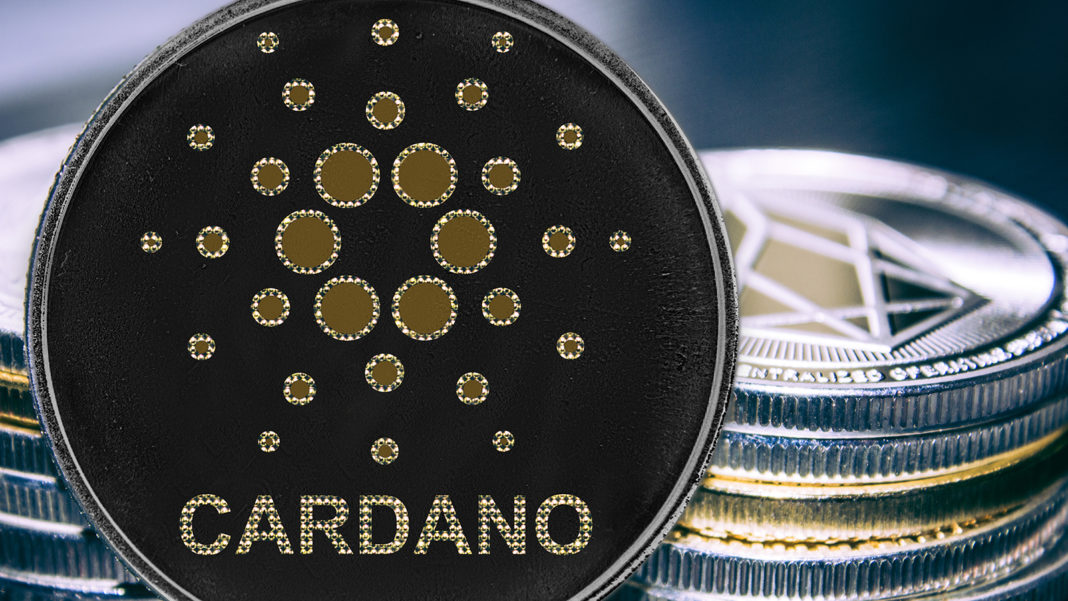Cardano (CCC:ADA-USD) looks like a hot commodity again following its move past significant resistance.

Source: Stanslavs / Shutterstock
There are a few reasons for this development. Cardano’s smart contract upgrade continues to intrigue investors. Cardano has successfully implemented an update that provides smart contract functionality, making it possible for developers to create apps with advanced capabilities on Cardano’s blockchain.
In addition, the Cardano blockchain is working to make it easier for investors to trade EGLD. The new partnership between Cardano and Elrond (CCC:EGLD-USD) generated significant investor interest in the market after details emerged about the upcoming project involving multiple blockchains. The development will enable token transfers across different networks and cross-chain smart contract functionality on top of their ecosystem.
As the utility of the Cardano network grows, ADA will concurrently increase in value exponentially. With this growth comes new opportunities for those who hold their coins in cold storage or on an exchange – especially if they have been fortunate enough not only to jump onto a pump but also ride it up. Considering the catalysts on hand, purchase more ADA and watch your investment flourish.
Ethereum Killer Is Coming of Age
Cryptocurrencies and tokens can be classified according to the protocols that they run on. The biggest difference between them is how these blockchains are created and verified and who does it?
A ton of different cryptocurrencies all doing their own thing with slightly different processes but still partaking in one big family tree would make for some pretty confusing reading – let alone trying individually track down what was going on if something went wrong.
Bitcoin (CCC:BTC-USD), Ethereum (CCC:ETH-USD), and many other cryptocurrencies use different consensus algorithms. Bitcoin uses proof of work (PoW) for its mining process, while ADA uses proof of stake (PoS) protocol. The difference between the two is stark. In the original blockchain, POW was used to create blocks and confirm transactions. POS is an alternative consensus algorithm you can implement instead of a costly mining process that takes up too much energy from environment-friendly sources like wind turbines or solar panels.
The ADA coin uses a unique proof of stake system to prevent any unnecessary energy consumption.
The Cardano blockchain employs Ouroboros, which was designed with certain major objectives in mind. It prevents large-scale attacks from taking place on their networks by making blocks more difficult than they would be otherwise. It also creates transparent and censorship-resistant transactions while remaining decentralized enough not to run into any problems when updating old nodes or newcomers joining up later. And Ouroboros is designed to do all that without sacrificing security as it ensures there’s no single point where everything can go wrong.
Another interesting element of Cardano’s design is its dual-layer infrastructure. Ethereum is a single-layer environment where computations and settlements occur at the same time. In theory, this separation should allow ADA to run more efficiently, meaning faster transactions with lower costs for Ethereum-based applications (dApps) users.
What Does the Future Hold for Cardano?
No one can predict the future of Cardano. Most crypto experts are bullish on its future, though. Some have even forecasted the coin to reach $10 in 2021. The main reason for their bullish sentiment is the PoS protocol. In an increasingly environmentally conscious world, reducing the carbon footprint is a top priority.
Plus, the Cardano development team is very unique in its approach towards upgrades. IOHK, which developed Cardano, works closely with academic partners who are experts in their field of study. The knowledge of these experts helps achieve greater success. And improve long-term scalability by implementing recent peer-reviewed scientific findings that will further enhance their capabilities as well.
Lastly, Ethereum has an unlimited supply of Ethereum, with its yearly inflation rate at 4%. Meanwhile, the hard cap of Cardano stands at 45 billion. With a limited supply, the value of ADA will increase over time. If users are willing to invest in it now, then there is no reason they shouldn’t reap some rewards later when inflation kicks up again.
Ethereum may be better suited for more practical applications, but Cardano has some advantages as well. For example, its smart contract capabilities will make it easier to create DApps compared to Ethereum.
On the publication date, Faizan Farooque did not have (either directly or indirectly) any positions in the securities mentioned in this article. The opinions expressed in this article are those of the writer, subject to the InvestorPlace.com Publishing Guidelines.
Faizan Farooque is a contributing author for InvestorPlace.com and numerous other financial sites. Faizan has several years of experience in analyzing the stock market and was a former data journalist at S&P Global Market Intelligence.






